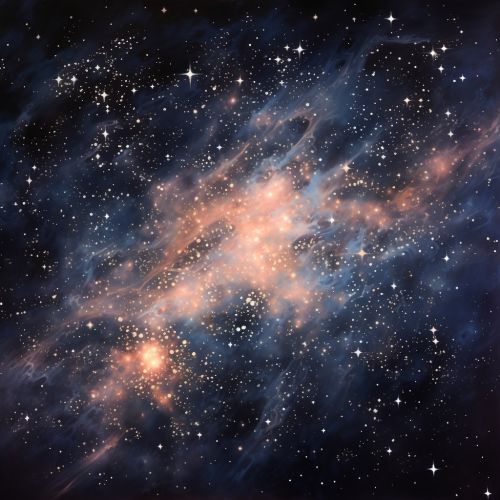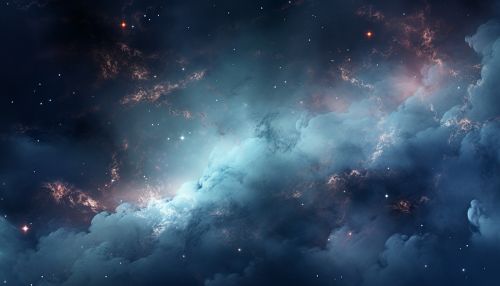Galaxy
Overview
A galaxy is a gravitationally bound system of stars, stellar remnants, interstellar gas, dust, and dark matter. The word galaxy is derived from the Greek galaxias (γαλαξίας), literally "milky", a reference to the Milky Way. Galaxies range in size from dwarfs with just a few hundred million (10^8) stars to giants with one hundred trillion (10^14) stars, each orbiting its galaxy's center of mass.
Formation and evolution
Galaxies are categorized according to their visual morphology as elliptical, spiral, or irregular. Many galaxies are thought to have supermassive black holes at their centers. The Milky Way's central black hole, known as Sagittarius A*, has a mass four million times greater than the Sun. As of March 2016, GN-z11 is the oldest and most distant observed galaxy with a comoving distance of 32 billion light-years from Earth, and observed as it existed just 400 million years after the Big Bang.


Theories of galaxy formation and evolution must explain how galaxies form from the primordial matter, and how galaxies change over time. The Big Bang theory is the prevailing cosmological model for the observable universe from the earliest known periods through its subsequent large-scale evolution. The model describes how the universe expanded from an initial state of high density and temperature, and offers a comprehensive explanation for a broad range of observed phenomena, including the abundance of light elements, the cosmic microwave background (CMB) radiation, and the Hubble diagram.
Structure
The majority of galaxies are organized into a hierarchy of associations known as groups and clusters, which, in turn, form larger superclusters. At the largest scale, these associations are generally arranged into sheets and filaments, which are surrounded by immense voids. The hierarchical structure of the cosmos is often represented in the form of a cosmic web.
Types of galaxies
Galaxies come in three main types: ellipticals, spirals, and irregulars. A slightly more extensive description of galaxy types based on their appearance is given by the Hubble sequence. Since the Hubble sequence is entirely based upon visual morphological type (shape), it may miss certain important characteristics of galaxies such as star formation rate (in starburst galaxies) and activity in the core (in active galaxies).
